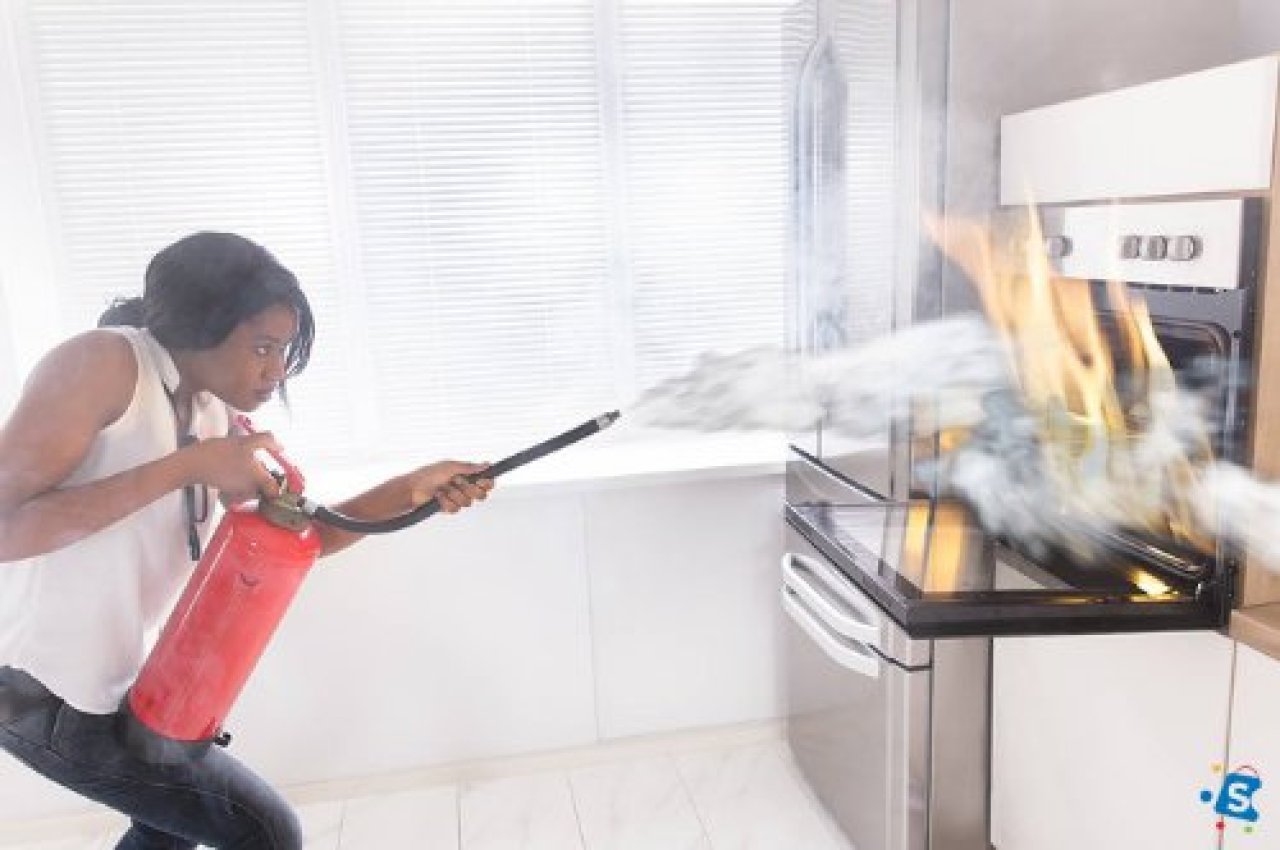Dos and Don'ts When Using a Fire Extinguisher.

Fire is useful, but it is also hazardous; there is so much we cannot do without fire, but there is some much devastation that can happen with fire as well. Surely, none of us wants to experience losing our properties to fire. This is why having a fire extinguisher handy is very important. However, it is not enough to have a fire extinguisher, do you know how to use it? Are you intimate with the dos and don’ts when using a fire extinguisher? Those are questions you need to ask yourself because can you imagine having a fire extinguisher and not knowing how to use it or finding out the extinguisher is damaged when there is a fire outbreak? If you don’t know them or have never thought of the dos and don’ts when using a fire extinguisher, not to worry, this list below will address that.
DOs
- Read the instruction manual to understand how the extinguisher works before using it. Different brands might have different instructions, so don’t assume you know the instruction because you have used other brands before.
- Check the rating or classification of the extinguisher to know the kinds of fire it is designed to put out.
- Learn and follow the PASS technique when extinguishing the flames. PASS is the required steps to operate most fire extinguishers.
- P: Pull the pin to break the extinguisher’s tamper seal.
- A: Aim the nozzle/horn/hose end at the base of the fire. Make sure not to touch the plastic discharge horn on CO2 extinguishers because it may damage the skin.
- S: Squeeze the handle to deliver the extinguishing agent.
- S: Sweep your arm from side to side at the base to the blaze until the fire extinguishes. Watch the area in case the fire ignites and repeat the process from A.
- Remember to maintain a safe distance when extinguishing the flames.
- Keep the extinguisher securely in a safe cabinet or you can hang them on the wall.
- Make sure that the device is easily visible and accessible. Put it in a place all the adults in the building can identify and easily access. And for further safety precautions, you can use signs to indicate the location of the extinguisher.
- Recharge the equipment after use and follow the maintenance schedule.
- Make sure to buy quality extinguishers, whose contents do not freeze in harsh weather conditions.
DON’Ts
- Use the extinguishers if you don’t know how to operate them. You will just put the extinguishing content to waste and maybe putting yourself and everybody else at risk.
- Attempt to tackle a large fire on your own. Most extinguishers are designed to extinguish only smaller flames. Call the emergency number for professional help if there is a large fire.
- Use water agents on grease and oil fires or use dry chemical extinguishers to electrical devices or anything with metal because it is corrosive.
- Aim at the flames of the fire.
- Stand too close to the fire or approach too much heat.
- Put them where they are unreachable, not easily accessible or visible. You shouldn’t put them where a fire is most likely to happen because that makes it inaccessible if there is a fire in that area.
- Put the device on anything or anywhere that is highly magnetic.
- Refuse to follow the standards of use because you might be making everything worse if you don’t apply it properly.
- Convert it to a toy or try experimenting with it.
- Make it easily accessible to children.
- Buy low-quality brands because they could be corrosive during harsh weather conditions.
In conclusion, owning and operating a fire extinguisher should not be taken with levity because you are dealing with fire and you won’t want to make matters worse. So, put all these dos and don’t when using a fire extinguisher to heart.







